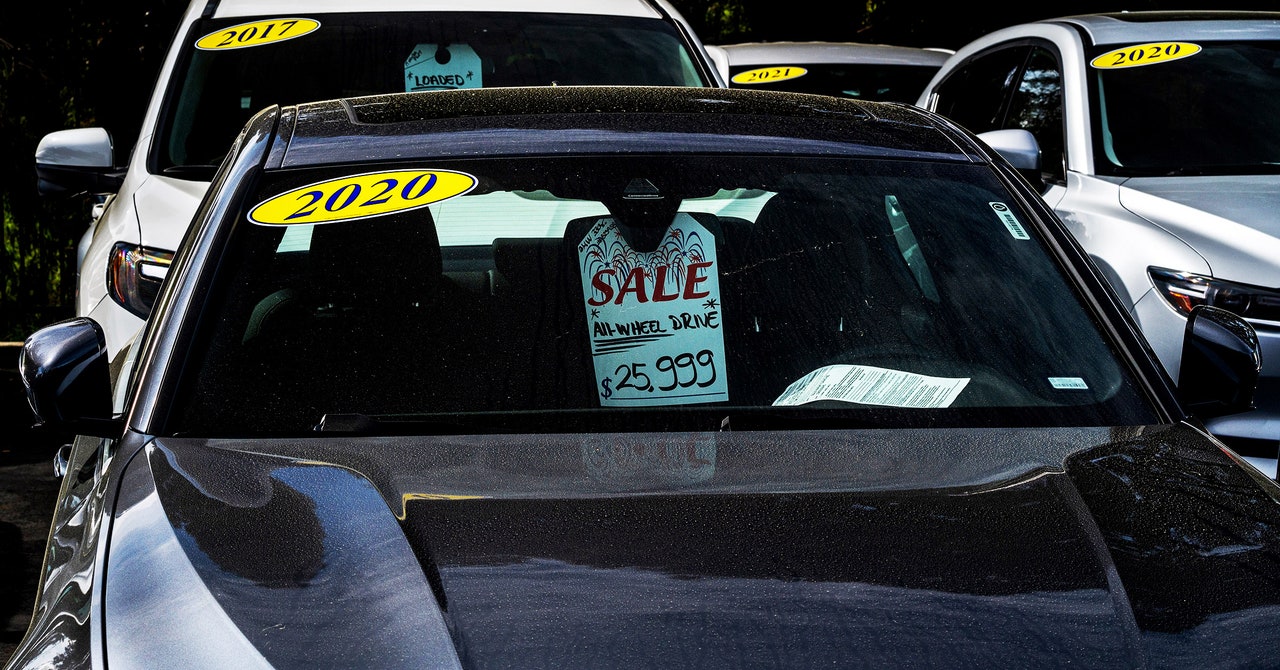Automakers are just starting to figure out how to turn used car owners into subscribers. Today, most used vehicle owners reach out either when someone buys a used vehicle through a certified dealer (about a third do in the US) or when that new owner finds their app. (Automakers also contact owners in the event of recalls, through highly regulated contacts with local motor vehicle departments.)
General Motors spokesperson Anna Yu declined to share specific numbers about subscribers who drive used cars, but she says “second owners are some of our most loyal customers” — often because they reached out proactively to ask about subscription-based products such as OnStar or Super Cruise, its advanced driver assistance feature.
Cariad’s Bensel says the VW-owned company is able to deliver “highly targeted digital campaigns” — that is, advertising — directly to drivers’ control panels or apps. The connectivity that is now present in some new and newer used cars, he says, also allows Cariad to collect data that helps VW “better understand the use of our vehicles and the needs of customers throughout their lives.” In other words, more data means automakers might be able to build better products that will appeal to drivers of both new and used cars — and likely help digital ads tailor, too.
Used car drivers with whom automakers have a direct line, via email or app, are often offered free trials to commit a consumer to the subscription model of car ownership. But many used car drivers aren’t so easily targeted, especially those who don’t buy their cars through dealer-controlled networks of car manufacturers.
A 2021 survey of more than 2,000 U.S. car owners led data and analytics company LexisNexis Risk Solutions to estimate that 83 percent of used car owners with built-in connectivity “go untapped,” meaning automakers had left money on the table.
Since 2021, LexisNexis has been offering the Owner Check service, intended to help automakers weed out used car owners. It can link “disparate datasets” together to determine when a car has a new owner, and vice versa, when someone has a new car, says Dave Nemtuda, the company’s chief automotive product. The company does not disclose which automakers are using Owner Check, but it says companies representing 65 percent of the global auto market are testing or in discussions about the service.
All of these new subscription offerings create a new way for automakers to compete and position their brand against others. Volvo deputy CEO Björn Annwall says the company feels it’s unfair to charge extra for simply activating hardware that’s already in a car – “like in the heated seat,” he says – but it’s OK to charge for more complex software. An example of this is a parking aid that stitches together images from several cameras. “This is part market research, but part common sense,” he says.
It’s a reasonable theory, but like all automakers’ subscription strategies, one that’s largely untested. Ondrej Burkacky, a senior partner at the consulting firm McKinsey who works in automotive software, says some industry forecasts for subscriber numbers and revenue have proven overly optimistic.
The unanswered question, he says, is this: “What are people really going to pay for?” VW’s Cariad reported annual losses of $2 billion last year amid software product delays, and it’s not the only automaker to have struggled to build easy-to-use systems. As these companies’ software and subscription drives expand to include used car owners, so will the potential for their hopes to be undermined — or to really, really piss people off.

